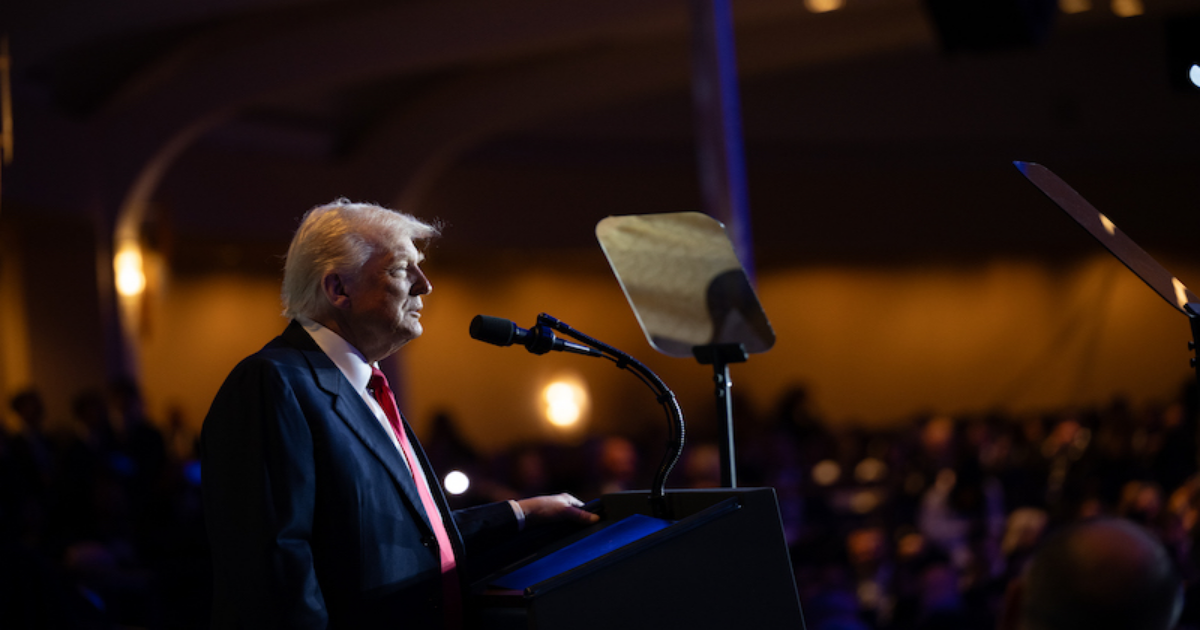Barely 100 days into his new term, Trump is deeply embroiled in battles on multiple fronts in his MAGA mission. In the critical domestic battleground, he has met with rebuff after rebuff and significant opposition across key areas. Some key areas relate to
Trump administration policies on stricter immigration enforcement and attempts at selective deportation have faced strong legal challenge and opposition from those who argue they are anti democratic, discriminatory, inhumane and ineffective.
Very much in the news and receiving what appears to be wider support is his handling of LGBTQ+ rights, particularly transgender rights, though these have also faced legal challenges and public protests. Meantime, the issue of abortion remains highly divisive, with ongoing legal battles over state-level restrictions.
Efforts to repeal and replace the Affordable Care Act (Obamacare) have sparked widespread protests and legal battles with ongoing debates about access to healthcare, pre-existing conditions, and the role of government in healthcare.
Trump has almost single handedly destroyed the U.S. reputation as an influential stake player and stakeholder in addressing and mitigating the many faceted global environmental crisis. Withdrawal from the Paris Climate Accords, his “drill baby drill” mantra, expedited permits for fossil fuel projects, rolling back of emissions reporting requirements and a host of other anti green Trump initiatives have drawn opposition from the public, virtually all within the scientific community, and state and local governments.
Where Trump has met with quicker success is with the flurry of executive orders and policy shifts aimed at advancing his agenda of government deregulation.
But here too, the success has been less than initially envisaged. The Department of Government Efficiency (DOGE) was established to cut federal spending, reduce bureaucracy, and streamline procurement. While it has overseen some layoffs of civil servants, eliminated some agencies, and rescinded Biden-era rules, including environmental and healthcare regulations, its mission objective of saving a trillion dollars in the federal budget has now been drastically reduced to a modest one hundred and fifty billion dollars according to the latest update by Elon Musk.
Ominously the outlook for Trump making much headway with his MAGA agenda for the coming months and probably until the end of his current administration in 2028 is looking bleak.
Firstly, he has underestimated the legal and constitutional challenges that are bringing intense legal and public scrutiny and delay into virtually every issue and sector in which he is attempting policy reform and change.
Despite the Supreme Court with the majority of its members being seen as leaning towards the conservative camp, Trump cannot expect automatic support for the cases that are brought before it. This is because the U.S. constitution sets limits on presidential power, and any attempt to expand those limits faces resistance from the courts and other branches of government. Increasingly too, questions are being asked on the limits of presidential authority and the president’s ability to override congress.
Meanwhile, we are seeing the lower judiciary play a crucial role in reviewing the constitutionality of laws and executive actions. This is providing victories to opponents of some of Trump’s executive orders and policies. These opponents, although a motley and disparate group of state attorneys general, civil rights organizations and advocacy groups, have been able to block or effectively alter orders relating to various travel bans and border security violations of due process and equal protection.
More damaging for Trump has been the inability to sell any of his key domestic reform agenda to the opposition party. Not only is there little bipartisan cooperation, what has emerged is even deeper political polarization between the Republican and Democrat parties.
This has led to failure to find common ground for legislative agreement on controversial issues. The small majority that the Republican party has in both Senate and House means that the gridlock accompanying every major legislative proposal will lead to stalled policies, delayed implementation and an overall debilitating sense of political stagnation and even regression.
The greatest obstacle in the way of Trump succeeding in his domestic agenda to make his vision of America great is the diverse network of activists and organizations that has emerged around the country to protest on policy issues and to defend against the erosion of their own vision of core American values and democratic norms and institutions which they see the Trump administration destroying.
Although this still evolving and dynamic grassroots movement has been handicapped by a host of disadvantages and problems – internal divisions over strategy and messaging, the absence of conventional political legitimacy, and reliance on social media to provide coverage and visibility – it has been able to mobilize strongly and raise the level of political awareness and engagement, especially among the younger generation.
The final nail in the coffin of Trump’s MAGA ironically could well come from his foreign policy agenda. Presently focusing on tariffs, it is widely expected to inflict considerable pain to a wide swath of American families and businesses. This damage and pain will definitely be felt by all the constituencies supporting Trump and will lead to inevitable reversals and losses for the Republican party in the next round of electoral contests.
“I always say ‘tariffs’ is the most beautiful word to me in the dictionary,” Trump said at a rally just hours after his inauguration in January. “Because tariffs are going to make us rich as hell.”
The “rich as hell” claim may well go down as one of the most extravagant, bizarre and strangely prophetic proclamations uttered by Trump to upend his government and place in American history.
